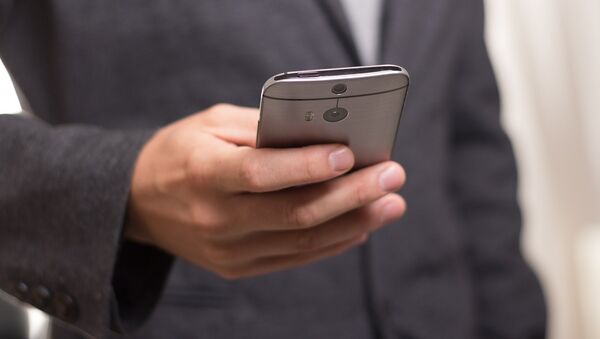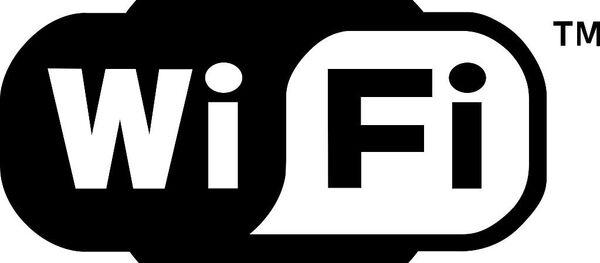Devices such as smartphones and tablets typically exchange signals over at least two antennas — one for the transmitter and one for the receiver — either on different frequencies or by switching back and forth on a single frequency, according to the release.
"This approach instantly doubles the data capacity of existing technology though is not yet capable of power levels necessary to operate on traditional mobile networks," the Pentagon-funded DARPA said on Tuesday.
Although the breakthrough will require a bit of tweaking before it is ready for everyday use, history suggests that DARPA has a good shot at perfecting the technology.
Technology invented by DARPA is considered the basis of the Internet, video conferencing, Google maps, Apple’s Siri and dozens of other inventions for which it receives little credit.
Lately, the agency is known for developing robotic arm and hand replacements that are controlled by signals from the brain, devices that could be fitted to US service members who have lost limbs in combat.


